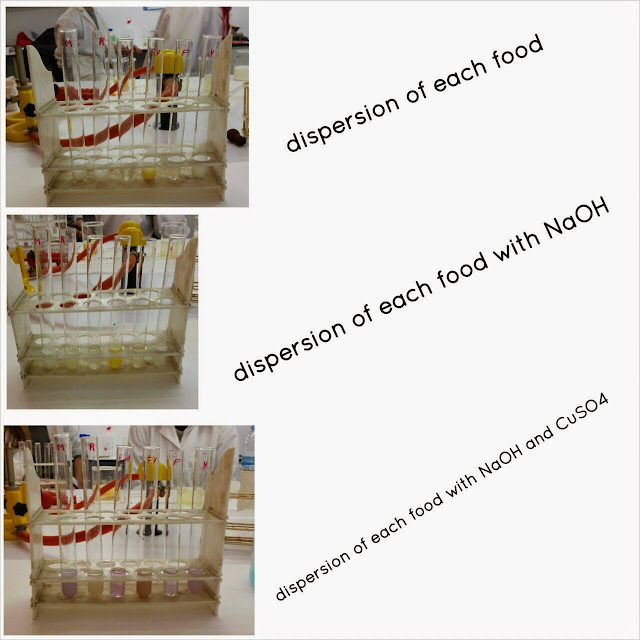- Introduction:
Nucleic acids are biopolymers formed by simple units called nucleotids. Each nucleotide is composed of a nitrogen-containing nucleobase (G, T, C, A) as well as a monosaccharide (deoxyribose) and a phosphate group.
Most DNA molecules consist of two strands coiled around each other to form a double helix. The two strands run in opposite directions to each other and are therefore anti-parallel. Moreover the bases of the two opposite strands unit according to base pairing rules : A-T and G-C.
- Materials:
- 1L Erlenmeyer flask.
- 100mL beaker.
- 10mL graduated cylinder.
- Small funnel.
- Glass strining rod.
- 10mL pipet.
- Knife.
- Safety goggles.
- Cheesecloth.
- Kiwi.
- Pineaple juice (1mL/5mL).
- Distilled water.
- 90% Ethanol ice-cold.
- 7mL DNA buffer.
- 50mL dish soap.
- 15g NaCl.
- 900mL tap water.
- Procedure:
Put the ethanol in the freezer-you will need it really cold later.
Prepare the buffer in a 0,5L beaker: Add 450mL of tap water, 25mL of dish soap and 7g NaCl. Stir the mixture.
- Pell the kiwi and chop it to small pieces. Place the pieces of the kiwi in one 600mL beaker and smash with a fork until it becomes a juice puree.
- Add 8mL of buffer to the mortar.
- Mash the kiwi puree carefully for 1 minutewithout creating many bubbles.
- Filter the mixture: put the funnel on top of the graduated cylinder. Place the cheesecloth on top of the funnel.
- Add beaker contain carefully on top of the cheesecloth to fill the graduated cylinder. The juice will drain through the cheesecloth but the chucks of kiwi will not pass through into the graduated cylinder.
- Add the pineaple juice to the green juice (you will need about 1mL of pineaple juice to 5mL of the green mixture DNA solution). This step will help us to obtain a purer solution DNA. Pineaple juice contains an enzyme that breaks down proteins.
- Tilt the graduated cylinder and pour in an equal amount of ethanol with an automatic pipet. Put the ethanol through the sides of the graduated cylinder very carefully.You will need about equal volumes of DNA solution to ethanol.
- Place the graduated cylinder so that it is eye level. Using the stirring rod, collect DNA at the boundary of ethanol and kiwi juice. Do not stir the kiwi juice; only stir in the above ethanol layer!!
- The DNA Precipitate looks like long, white and thin fibers.
- Gently remove the stirring rod and examine what DNA looks like.
- Solution:
- Questions:
- What did the DNA looks like? The DNA looks like long, small white and thin fibers.
- Why do you mash the kiwi? Where it is located inside the cells? Because you want to liberate the DNA that is located inside the nucleus.
- Explain what is the function of every compund of the buffer (soap ans salt) The salt breaks the nucleus and the cell and the soap takes away the proteins.
- DNA is soluble in water, but not in ethanol. What does this fact have to do with our method of extraction? This means that we can only see the DNA in the part of the ethanol beucause if it touches the water it will dissolve.



